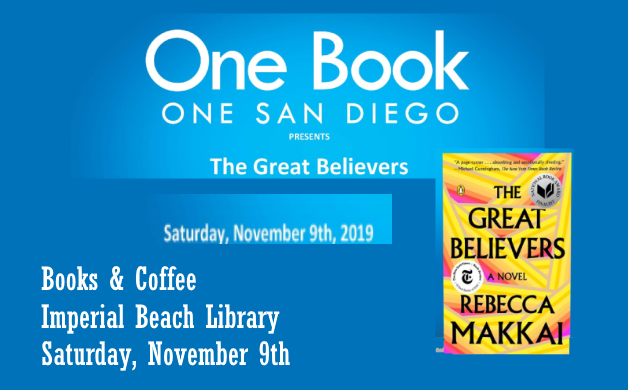


Here are the fortune tellers and the hypocrites, the tomboy and the fairy, the loud and the cowering, the drag and the leather queens and everyone else in between. Here is a microcosm of a community of vain, petty, generous, loving, bitter, fearful, brave people. In his ugliness and despair there is a beauty that deserves to be celebrated. Try to shed some light or open a window to an experience others have never had but need to know about. I even told myself (quite hilariously) that this was cultural appropriation! Who was this writer to appropriate these lives, these stories? In the first few chapters, I resisted fully immersing myself in the drama. It’s also the story of Nico, who is already dead when the story begins, but acts as a sort of catalyst ghost that haunts the dual-screen story from the ’80s and early ’90s to the present day.Īs someone who lived through that time, I was struck by how vividly and accurately the author portrayed the time and those who were desperately trying to survive. The Great Believers is the story of the Yale, Charlie, Justin, Teddy Richard, and Fiona. One of the great gifts of the Maccai story is her recognition that AIDS was a war and that gay communities were battlefields for health care, political rights, and most importantly, human dignity. It is also the story of survivors and their guilt, their suffering, and what can only be described as PTSD. I know because I was there, actually in New York, but the experience as the disease was a pandemic. It beautifully reflects an era, with all its terror and anger his hope and despair and yes, even his humor. Rebecca Maccai’s story of the lives of a group of gay men and friends in Chicago at the dawn of the AIDS epidemic is a moving and masterful re-enactment. The two intertwined stories take us through the angst of the 1980s and the chaos of the modern world as Yale and Fiona struggle to find good in the midst of disaster. As she stays with an old friend, a famous photographer who documented the Chicago crisis, she finally comes to terms with the devastating effects of AIDS on her life and her relationship with her daughter. Thirty years later, Fiona is in Paris searching for her estranged daughter, who has disappeared into a cult. One by one his friends die and after his friend Nico’s funeral, the virus draws ever closer to Yale and soon all he has left is Fiona, Nico’s little sister. But as his career begins to flourish, the carnage of the AIDS epidemic grows around them.

In 1985, Yale Tishman, the director of development for a Chicago art gallery, is about to pull off an incredible coup by gifting the gallery with an extraordinary collection of paintings from the 1920s.


 0 kommentar(er)
0 kommentar(er)
